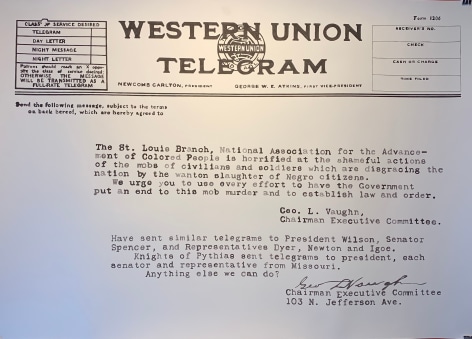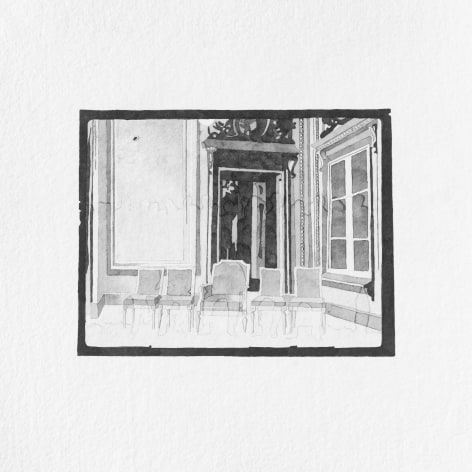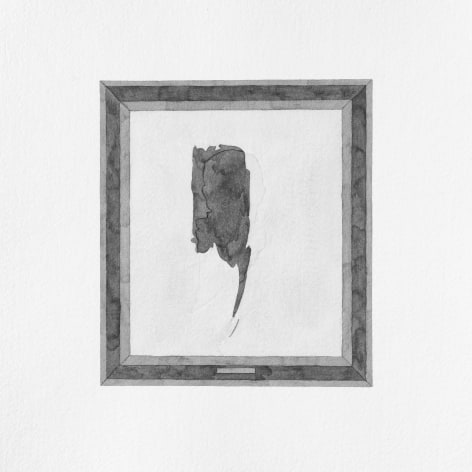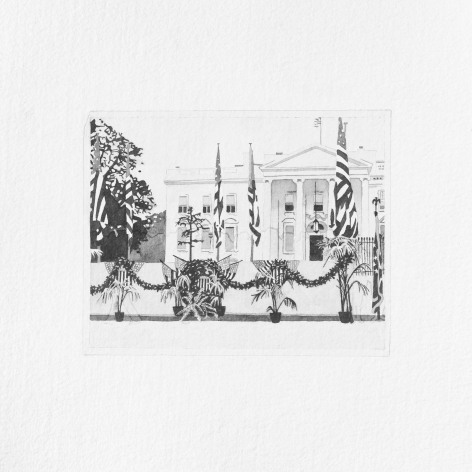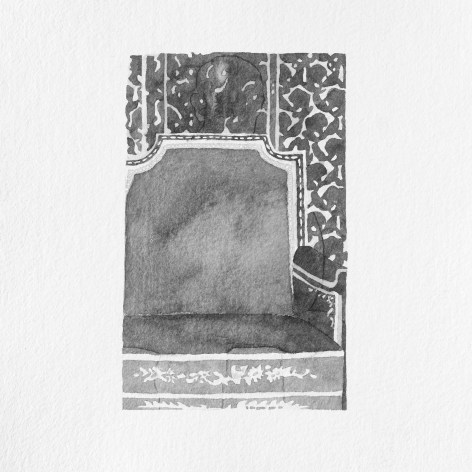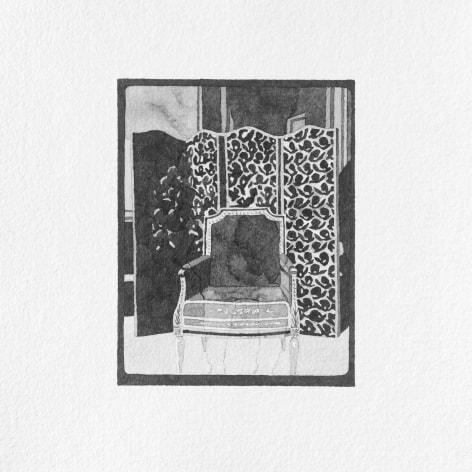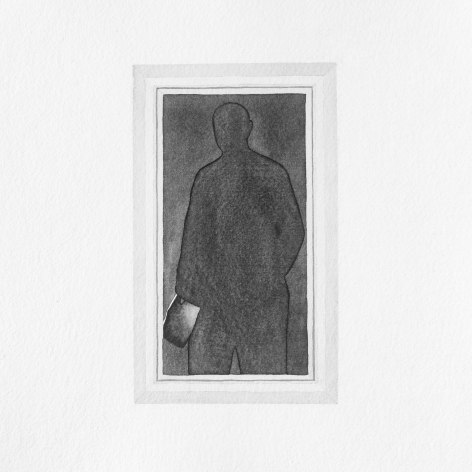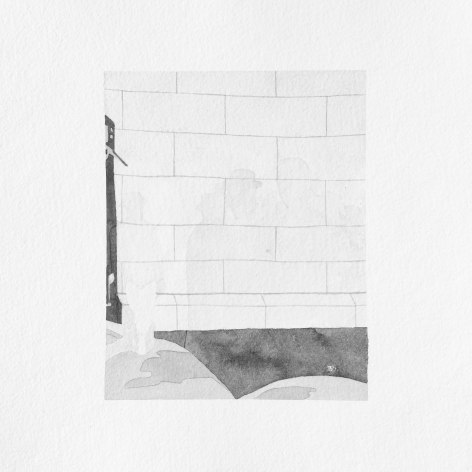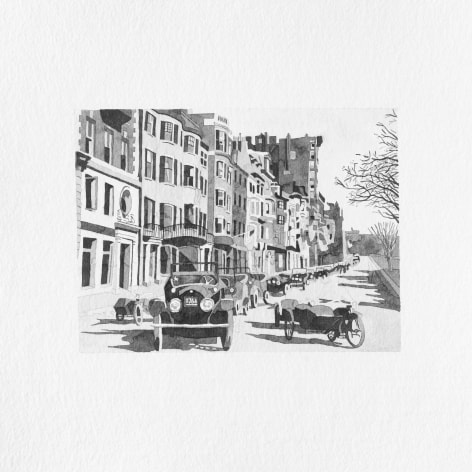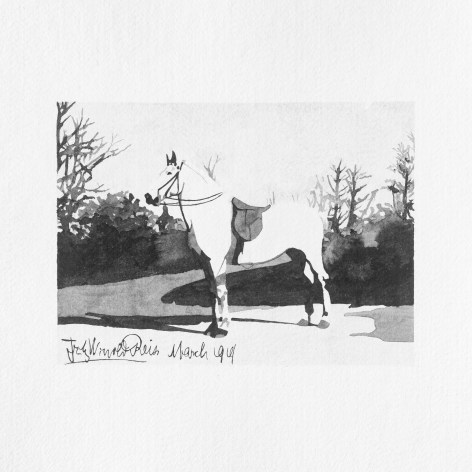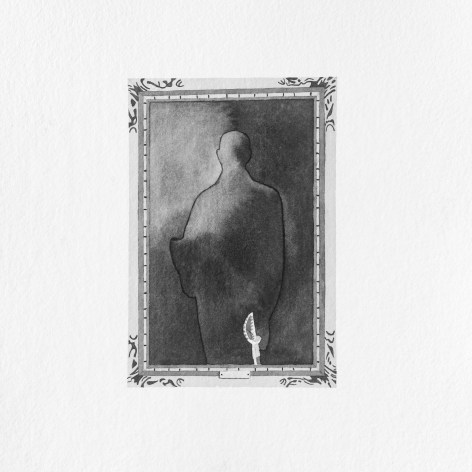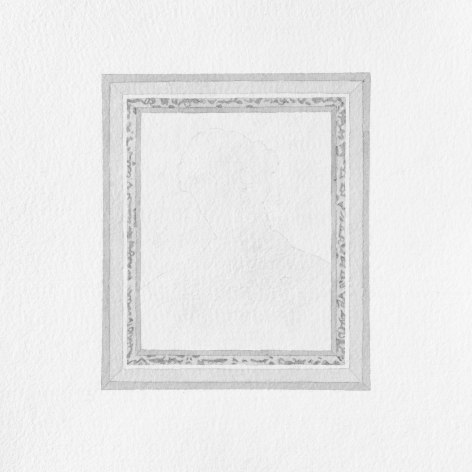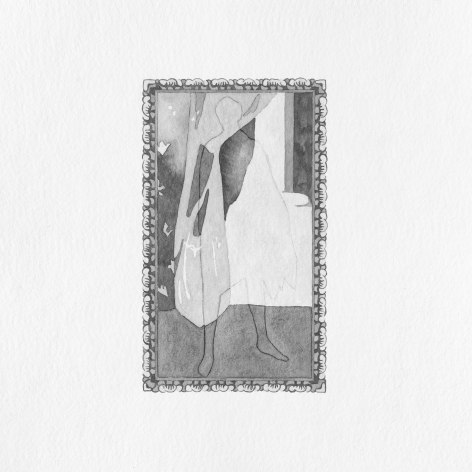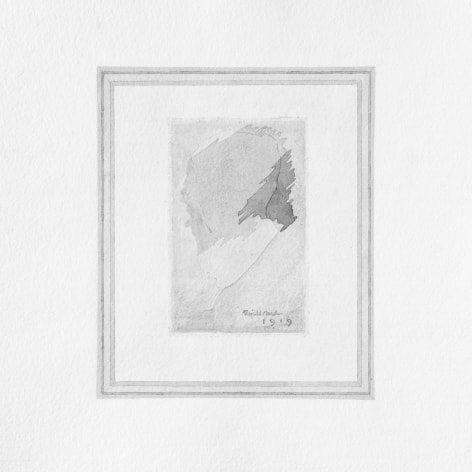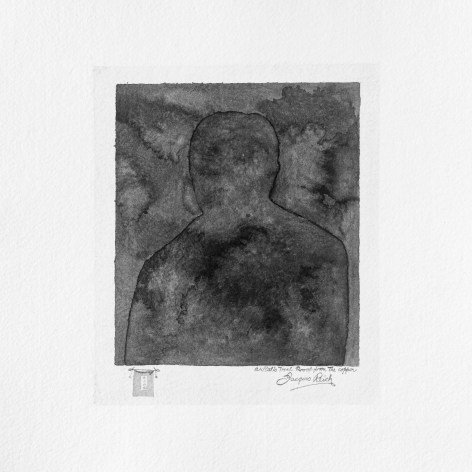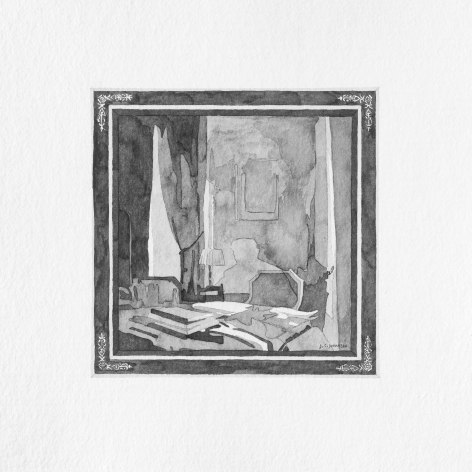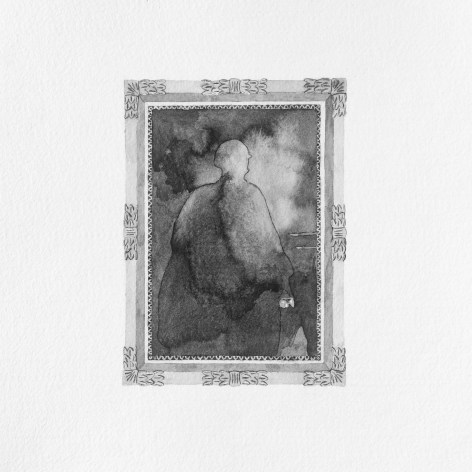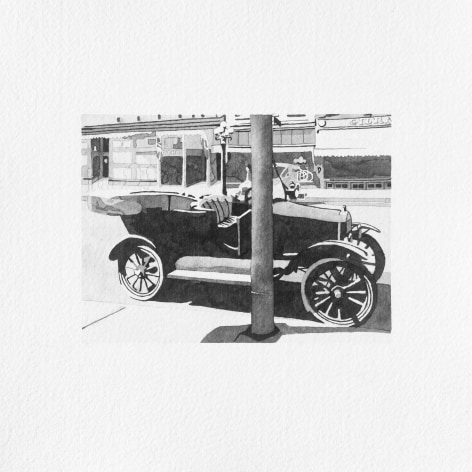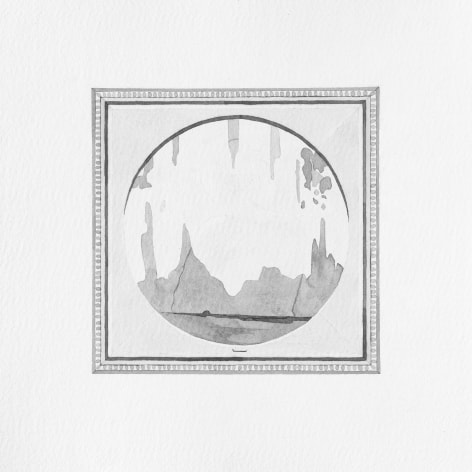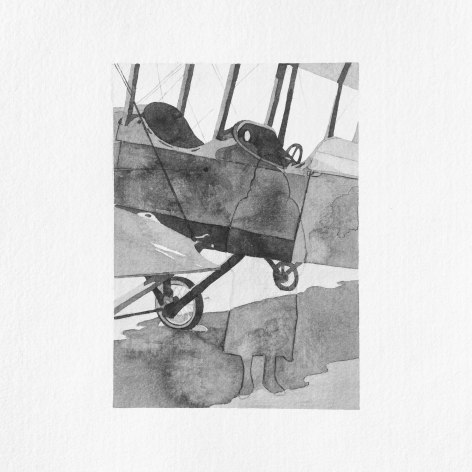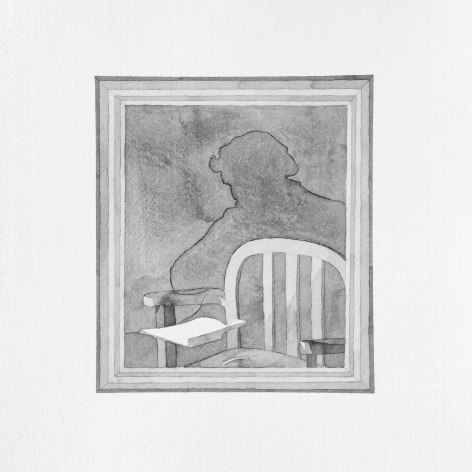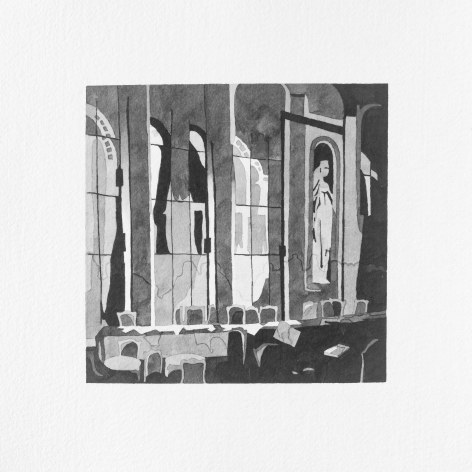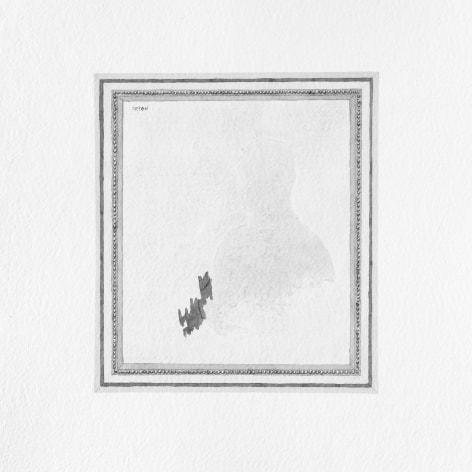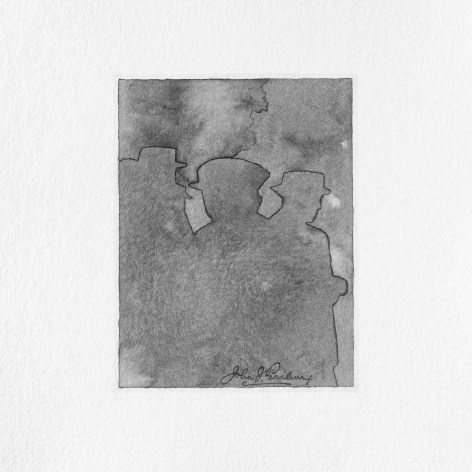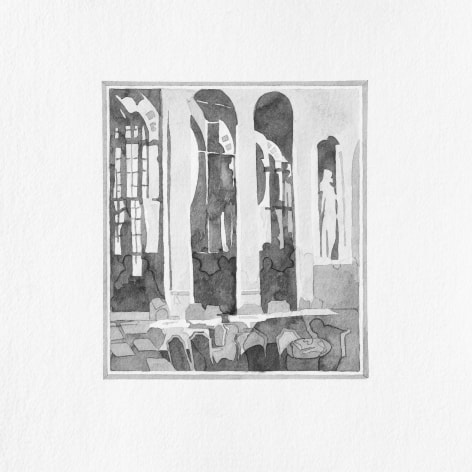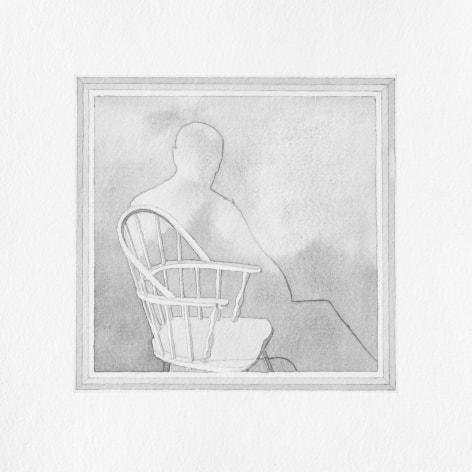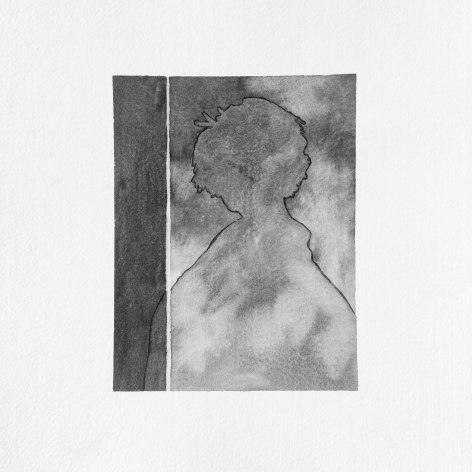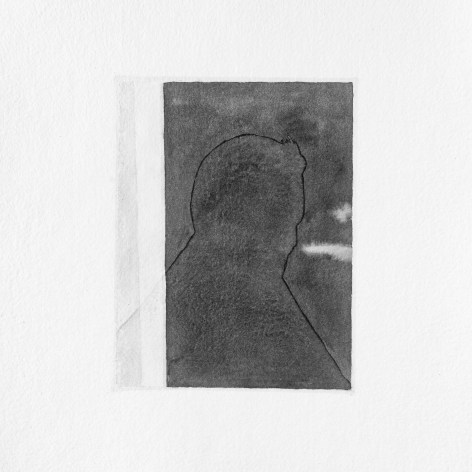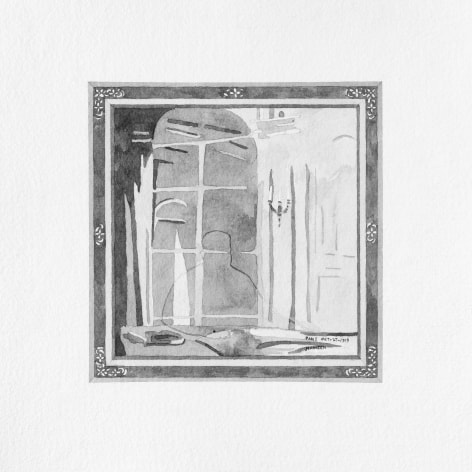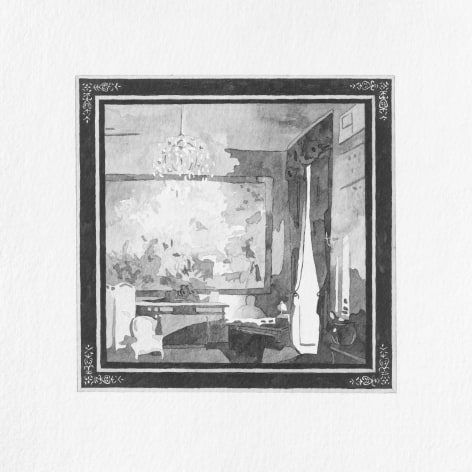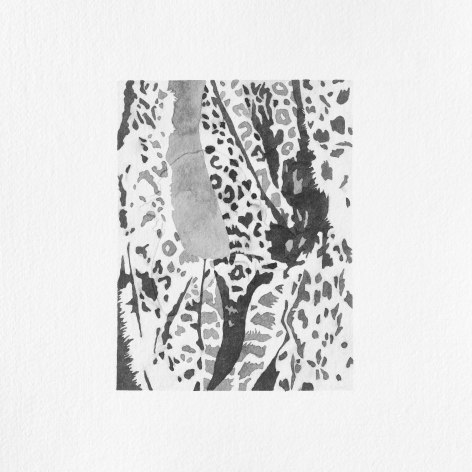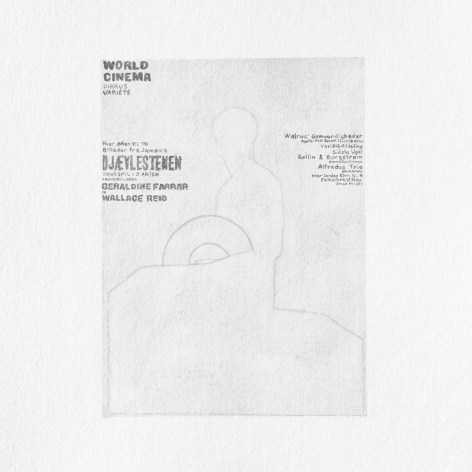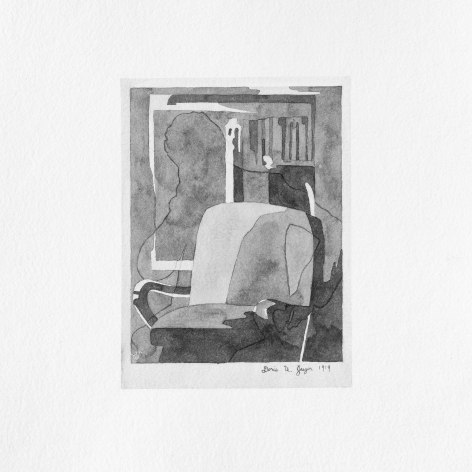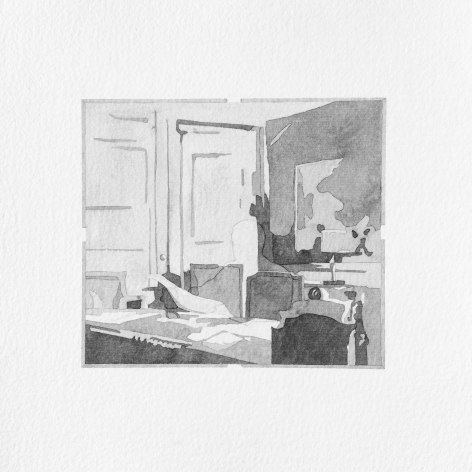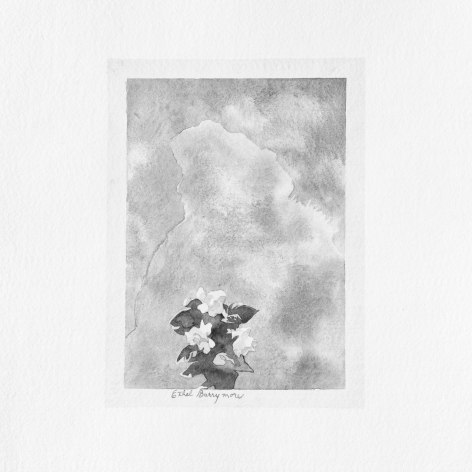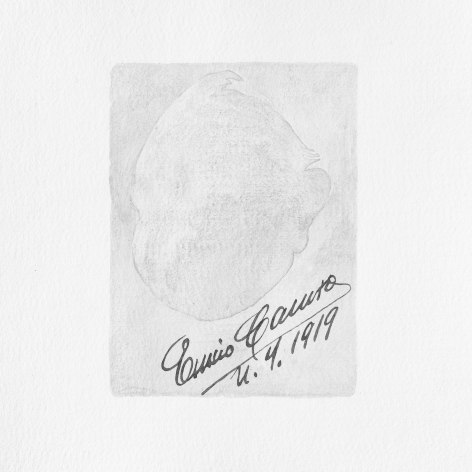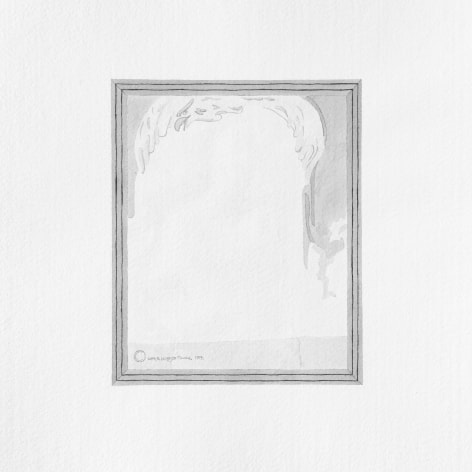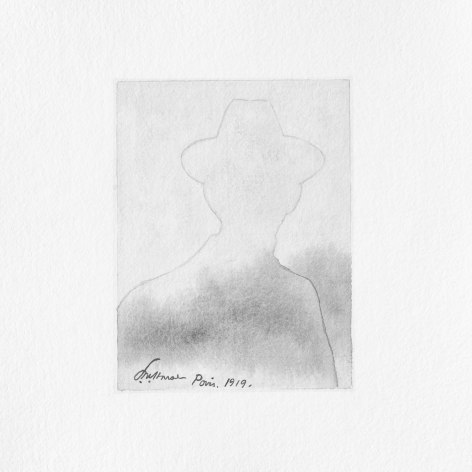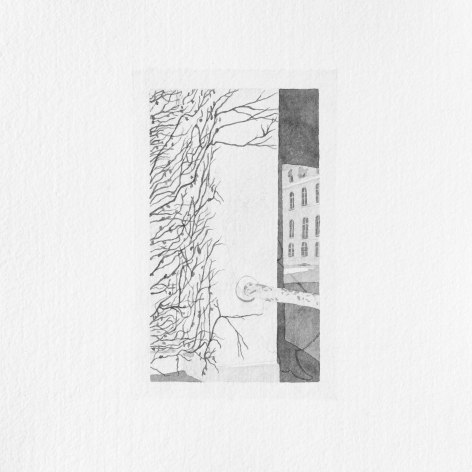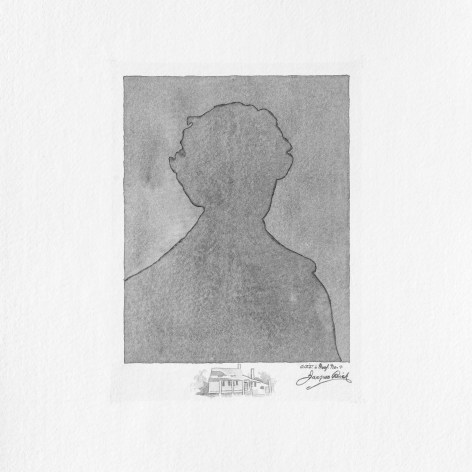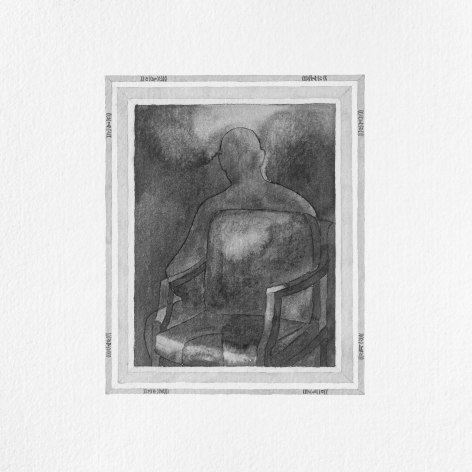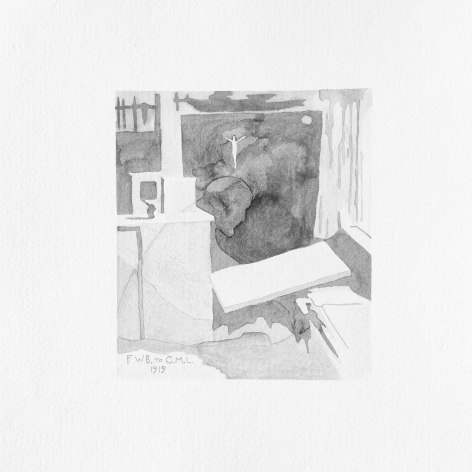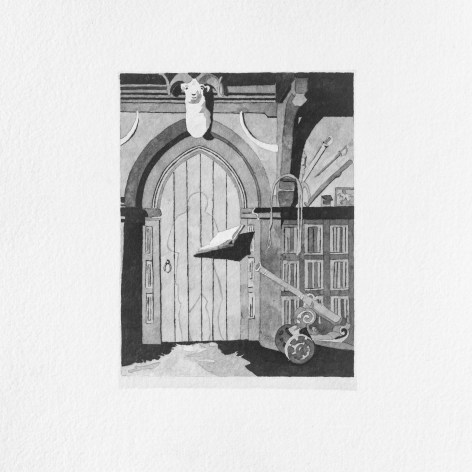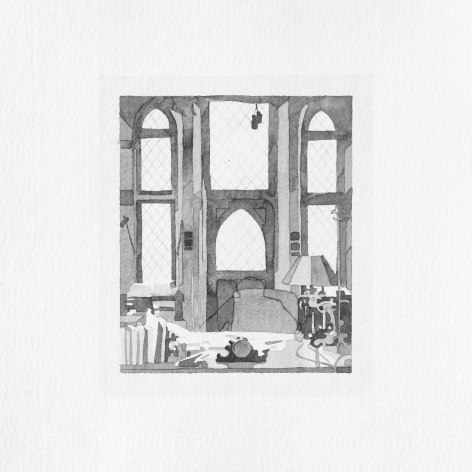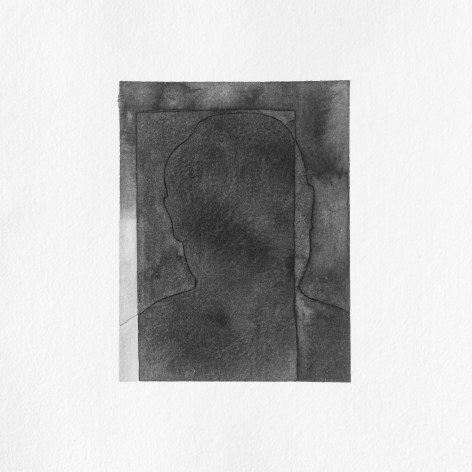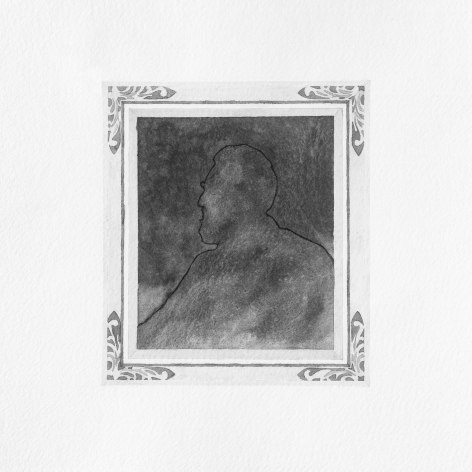RED SUMMER
a look at, and away from, America’s deadliest year of interracial violence through a re-rendering of forty-seven objects from that year in the collection of the Smithsonian’s National Portrait Gallery
Foley Gallery is pleased to present Red Summer, Casey Ruble’s fourth solo exhibition with the gallery. Completed as part of a Smithsonian Artist Research Fellowship, the exhibition looks at the bloody year of 1919 on its centennial anniversary.
1919 marked the deadliest period of white-on-black violence in U.S. history, with over thirty race riots — most started by white mobs — breaking out across the nation.. The bloodshed led civil-rights activist James Weldon Johnson to dub the period the “Red Summer.” 1919 was also when the Smithsonian Institution began planning its National Portrait Gallery, whose mission has been to “acquire and display portraits of men and women who have made significant contributions to the history, development, and culture of the people of the United States.” Yet all of the subjects in the museum’s works from 1919 are white, and the few with any connection to the racial tensions of the time came down on the wrong side of that history.
Functioning as a kind of anti-portraiture, Ruble’s Red Summer re-renders, in ink on paper, the forty-seven paintings, drawings, prints, and photographs in the National Portrait Gallery’s collection from the year 1919, but with the sitter of the portrait redacted, leaving only a ghostly outline. An image of Woodrow Wilson attending a ceremony outside the White House thus becomes a vacant sidewalk festooned in American flags; a painting of General Pershing witnessing the signing of the treaty that ended World War I becomes an empty Hall of Mirrors in the Palace of Versailles. These intentional erasures work to reorient our gaze away from the individuals who have been canonized as important historical figures and turn it toward the space surrounding them, thereby challenging the dominant narrative of our country’s past and implicitly asking: Whom have we been missing?
Casey Ruble received her BA from Smith College in 1995 and her MFA from Hunter College in 2002. She is an Artist in Residence at Fordham University, where she teaches painting and drawing and curates exhibitions for the university galleries. Her work has been shown nationally and abroad, and she has been the recipient of grants and fellowships from the New Jersey State Council on the Arts (2019, 2013), the Warhol Foundation through a residency at PARSEnola (2017), the Smithsonian Institution (2016), and the New Jersey State Council for the Humanities (2015). She resides in New Jersey in a village overlooking the Delaware River.
Ruble’s current curatorial project, Leavings: Four Studies in Anti-Portraiture, is on view May 25 – September 13 at Fordham University’s Ildiko Butler Gallery.
Red Summer coincides with the release of a signed, limited edition book of the same name.
Red Summer is on view through June 23rd, 2019. Foley Gallery is open Wednesday through Saturday, 11 – 5:30pm and Sunday from 12-5pm. To request images; please contact the gallery at info@foleygallery.com.

